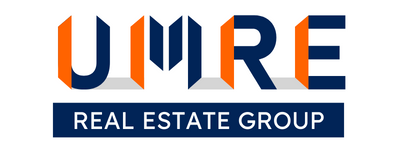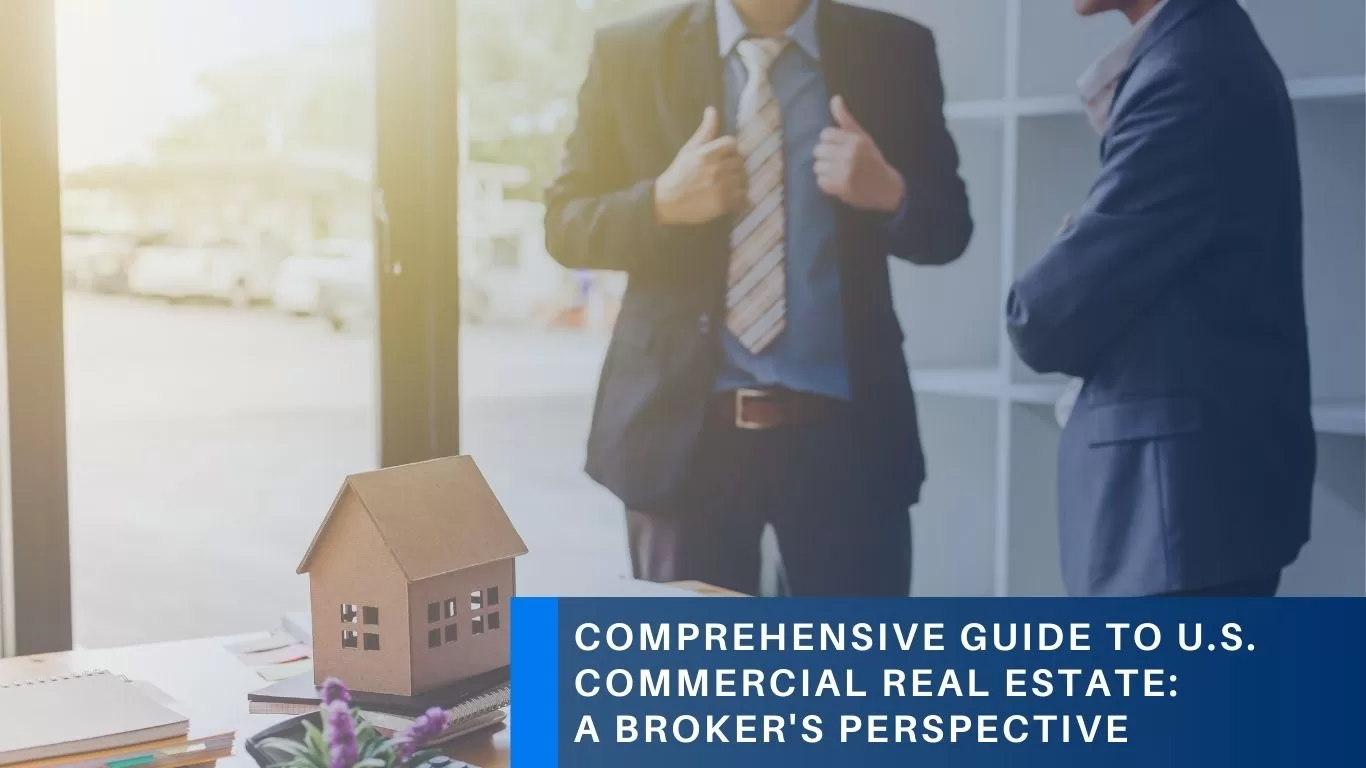In our previous article, “Discovering Opportunities in U.S. Residential Real Estate: A Houston Chinese Expert’s View” we explored the fundamentals of residential real estate. Now, we shift our focus to commercial real estate investment. In this feature, we provide an in-depth look into the world of commercial real estate in the United States, demystify NNN (Triple Net) contracts, and elucidate the principles of leasing and rental income.
Understanding the Higher Entry Barriers in US Commercial Real Estate
Commercial real estate, compared to its residential counterpart, demands a significantly higher entry threshold. Those entering the commercial real estate arena are typically well-entrenched in the real estate industry or possess substantial financial resources.
Commercial properties in the United States are often organized as interconnected units, owned by a single entity or a group of investors. This structural cohesion necessitates substantial capital investment. It’s challenging to participate in commercial real estate with less than a multi-million-dollar commitment.
For example, while residential property investments may require several hundred thousand to a few million dollars, often with a down payment of less than $100,000, commercial real estate investments require a significantly larger capital infusion. This is due to the necessity of securing a prime location in a thriving commercial district, attracting reputable commercial tenants, and establishing a sustainable rental income stream.

Deciphering US Commercial Real Estate and NNN Contracts
Commercial real estate encompasses a variety of property types, including retail, office spaces, apartments, and industrial facilities. Retail spaces, such as shopping malls and street-level storefronts, are among the more recognizable subcategories.
In commercial real estate, landlords and tenants frequently engage in Triple Net Lease (NNN) contracts. Using a retail store as an example, when a landlord enters into an NNN lease with a tenant, the tenant is responsible for property operations and maintenance. Alongside the basic rent, tenants cover property taxes, insurance, and maintenance expenses. This lease structure primarily benefits landlords by reducing their financial exposure.
For instance, consider Mr. Wang who leases his commercial property to a fast-food chain under an NNN agreement. The tenant pays a monthly rent of $10,000, resulting in an annual rent of $120,000. In addition to the rent, the tenant is responsible for all property maintenance and upkeep costs, property taxes, and insurance premiums. This arrangement allows Mr. Wang to avoid concerns regarding taxes, insurance, storefront cleanliness, and repairs. Even if the property’s insurance costs increase in a given year, Mr. Wang helps the tenant find a more favorable quote, but the expenses are still borne by the tenant. Similarly, if the tenant discovers a faulty air conditioning unit in the restaurant, the repair costs are the responsibility of the tenant. This exemplifies how commercial property landlords face less pressure regarding uncontrollable expenses.

The Dual Advantages of Commercial Real Estate
Enhanced Control in Commercial Real Estate:
Most commercial lease agreements are structured with a base rent supplemented by NNN components. This empowers landlords to tailor base rent to meet their specific needs, while lessees typically assume financial responsibilities such as rent, taxes, and insurance. Consequently, commercial property landlords enjoy a stable rental income.
Measurable Investment Return Estimations:
Commercial real estate offers a quantifiable investment landscape. Lease terms serve as the basis for projecting income over a prospective five-year horizon, enabling straightforward calculations of investment returns. Unlike residential property valuation, which often depends on neighboring property sales, commercial real estate provides a more predictable basis for assessing value and forecasting appreciation. Lenders, in their loan evaluations, place high importance on the location and income-generating potential of commercial real estate.
These insights represent advanced knowledge in commercial real estate. For experienced landlords and investors, the enticing prospects of commercial real estate deserve careful consideration.




